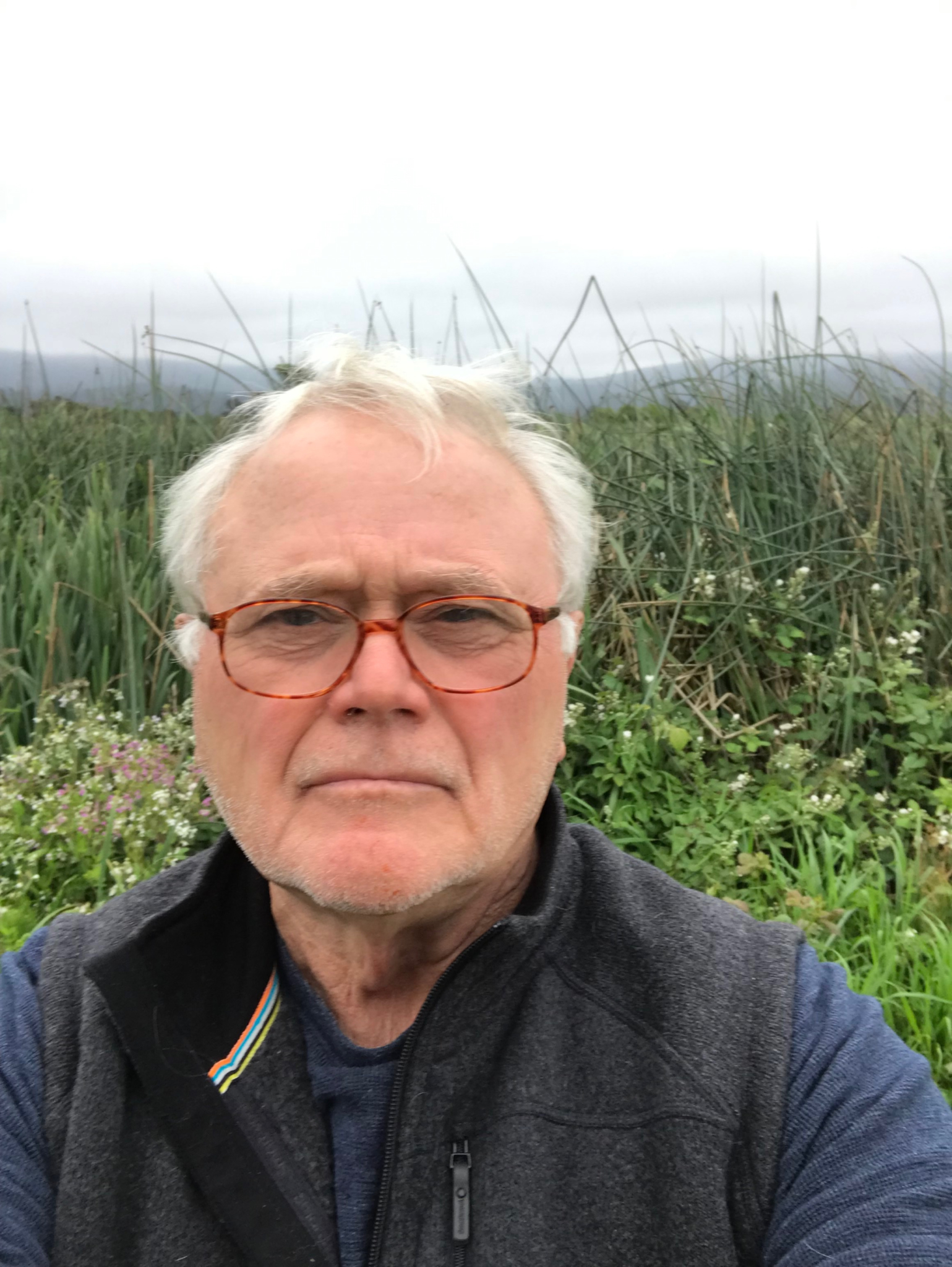Godfather of Constructed Wetlands Awarded for His Achievements
Robert Gearheart recently won an award from the Environmental Law Institute recognizing his work in establishing and guiding the Arcata Marsh Research Institute in Arcata, California
Popular Stories
Discussion
Comments on this site are submitted by users and are not endorsed by nor do they reflect the views or opinions of COLE Publishing, Inc. Comments are moderated before being posted.






